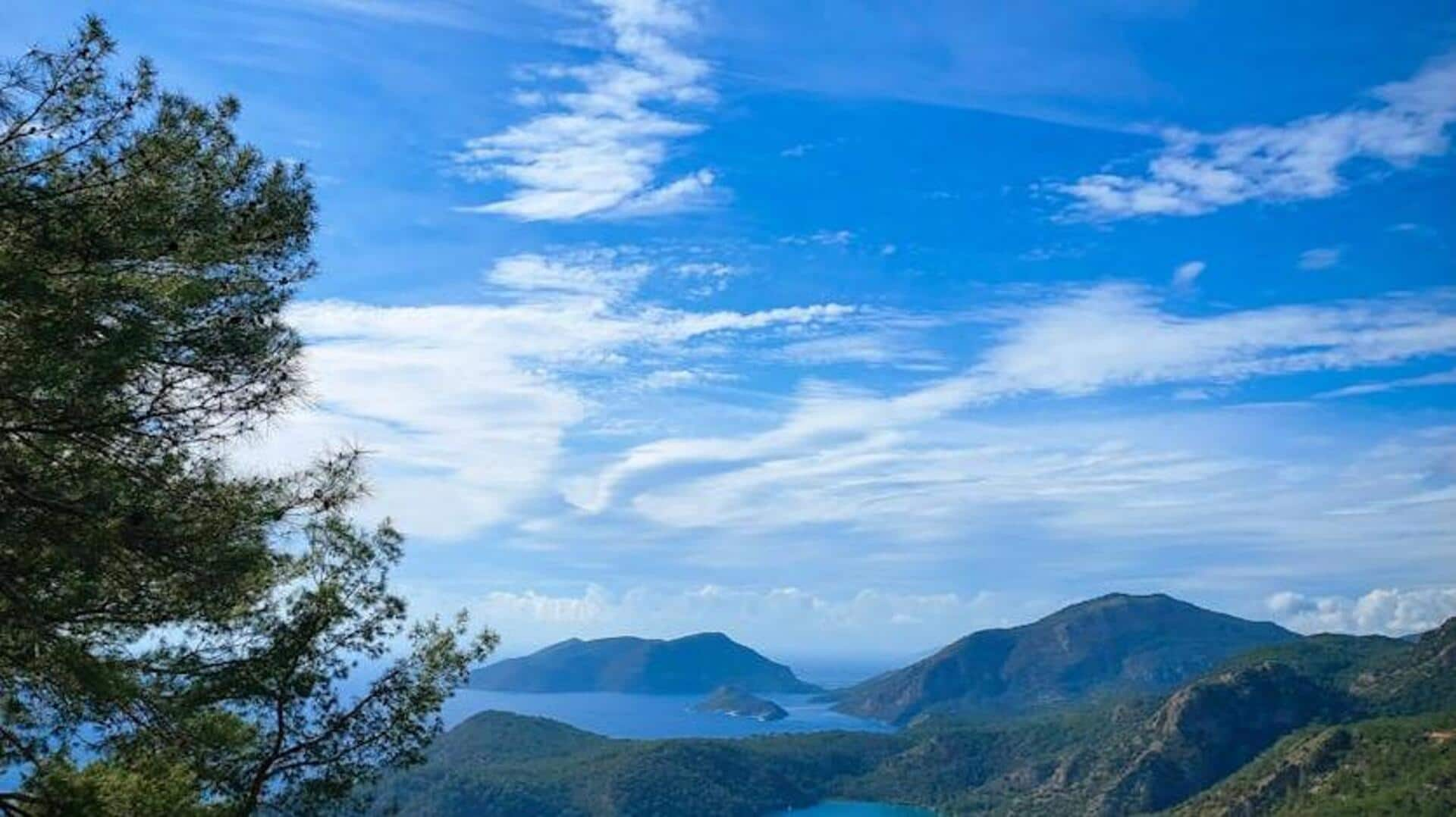
Trekking the Lycian Way: A journey through Turkey's coastal marvel
What's the story
The Lycian Way, stretching over 540 kilometers along Turkey's southern coast, offers an extraordinary hiking experience. This trail connects ancient ruins, secluded beaches, and small villages, providing a unique blend of natural beauty and historical richness. Ideal for both seasoned hikers and casual walkers, the path can be tackled in sections or as a whole, depending on time and ability.
Preparation
Planning your hike on the Lycian Way
Before embarking on your journey along the Lycian Way, it's crucial to plan. The best times to hike are spring (April-May) and autumn (September-October) when the weather is mild. Ensure you have sturdy hiking boots, a reliable map or GPS app specifically for the trail, plenty of water containers, and sun protection. Accommodations range from camping sites to guesthouses in villages along the route.
History steps
Exploring ancient ruins
A highlight of hiking the Lycian Way is exploring ancient ruins scattered throughout the trail. Notable sites include Xanthos, an ancient capital with fascinating tombs and ruins; Letoon, a religious sanctuary; and Olympos, known for its tree houses and eternal flames of Chimaera. These sites offer a glimpse into ancient civilizations that once thrived in this region.
Coastal retreats
Enjoying secluded beaches
The Lycian Way meanders through some of Turkey's most pristine beaches. Kabak Bay offers crystal-clear waters ideal for swimming after a long day's hike. Patara Beach is another gem with its extensive stretch of sand dunes - it's also a protected area for sea turtles nesting between May and October. These spots provide perfect opportunities for relaxation amidst nature's beauty.
Village life
Engaging with local culture
Along the Lycian Way, hikers traverse small villages, experiencing genuine Turkish hospitality. Places like Faralya and Kas offer family-run pensions or guesthouses, where visitors can enjoy homemade meals made from local ingredients. This engagement with locals provides a deep dive into the traditional lifestyles and customs unique to Turkey's southern coast, enriching the hiking experience beyond just physical activity.